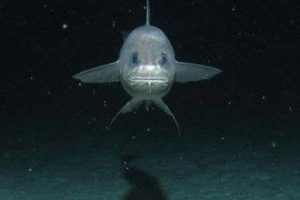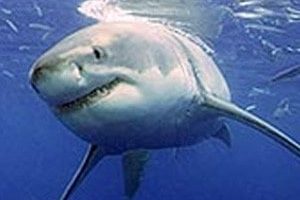woods hole oceanographic institution
First harmful algal bloom species genome sequenced
The microscopic phytoplankton Aureococcus anophagefferens, which causes devastating brown tides, may be tiny but it’s proven to be a fierce competitor.
In the first genome sequencing of a harmful algal bloom species, researchers found that Au…
Scientists find part of New Zealand’s submerged ‘Pink Terraces’
They were called the Eighth Wonder of the World. Until the late 19th century, New Zealand’s Pink and White Terraces along Lake Rotomahana on the North Island, attracted tourists from around the world, interested in seeing the beautiful natural…
First study of dispersants in Gulf spill suggests a prolonged deepwater fate
To combat last year’s Deepwater Horizon oil spill, nearly 800,000 gallons of chemical dispersant were injected directly into the oil and gas flow coming out of the wellhead nearly one mile deep in the Gulf of Mexico. Now, as scientists begin to ass…
‘Hot-bunking’ bacterium recycles iron to boost ocean metabolism
In the vast ocean where an essential nutrient — iron — is scarce, a marine bacterium that launches the ocean food web survives by using a remarkable biochemical trick: It recycles iron.
By day, it uses iron in enzymes for photosynthesis to make …
Efficient phosphorus use by phytoplankton
Rapid turnover and remodelling of lipid membranes could help phytoplankton cope with nutrient scarcity in the open ocean.
A team led by Patrick Martin of the National Oceanography Centre has shown that a species of planktonic marine alga can rapi…
Novel ocean-crust mechanism could affect world’s carbon budget
The Earth is constantly manufacturing new crust, spewing molten magma up along undersea ridges at the boundaries of tectonic plates. The process is critical to the planet’s metabolism, including the cycle of underwater life and the delicate balance …






